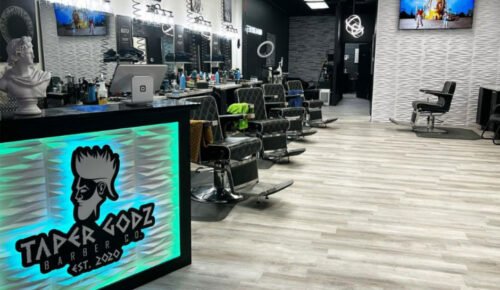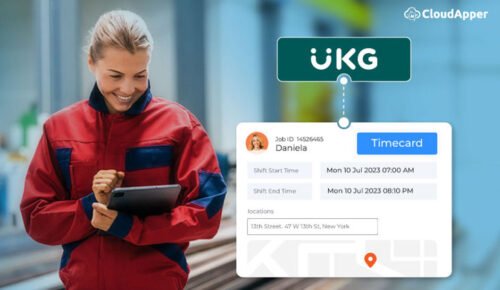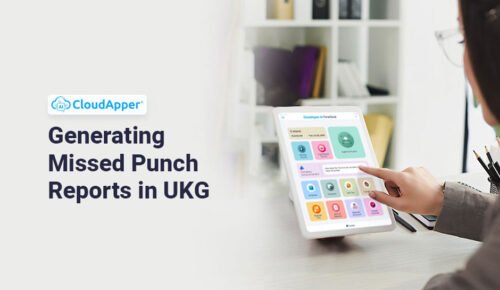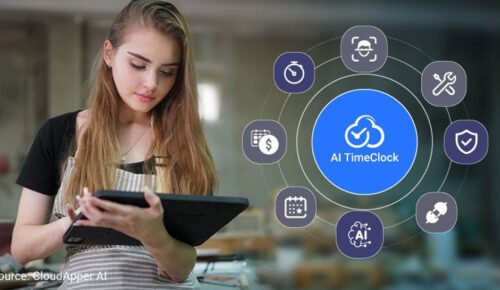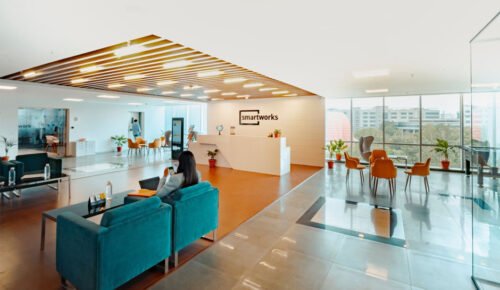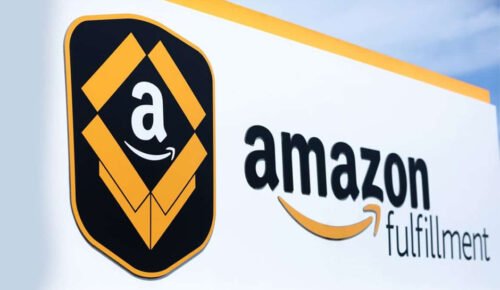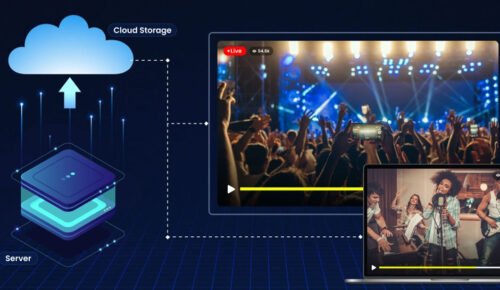The Burden of Manual Tip Calculation
Managing and distributing pooled tips has long been challenging for restaurants, bars, salons, and workplaces where gratuities are critical to employee income. Staff may rotate shifts, perform multiple roles, and rely on different payment methods, making totaling and dividing tips complex and error-prone. Traditionally, managers spend hours each week tracking paper receipts, reconciling cash, calculating percentages, and fielding questions about fairness. Even with spreadsheets, the risk of miscalculation and disputes remains high. In recent years, more businesses have switched to tipping software to automate the process, significantly reducing errors and administrative strain.
Addressing this workload is not just a matter of convenience. Manual errors can impact employee morale, create tension among staff, and even open businesses up to legal risk if tips aren’t distributed in compliance with wage laws. In an era where worker retention is critical, finding better ways to manage tip calculations is essential for workplace harmony and operational smoothness.
Automating the Entire Process
Here’s where digital solutions come in. Modern tipping software automates collection, calculation, and distribution, leaving behind the clunky days of calculators and cash counting. These systems integrate seamlessly with point-of-sale terminals, scheduling platforms, and payroll, removing the guesswork. With a few clicks, digital tip software gathers all the relevant data—credit card payments, mobile app transactions, and more—instantly calculating each employee’s fair share.
Automated solutions can be configured to fit a business’s chosen formula based on hours worked, role, or another measure. This customization ensures that the distribution rules are clear and followed every pay cycle, no matter how complex the shifts or schedules. The result is a better allocation of time and energy, with both managers and employees trusting the numbers generated by the system.
Transparency and Trust in Tip Distribution
One of the top concerns in tip-driven workplaces is transparency. When calculations happen behind closed doors or rely on manual record-keeping, doubts, and rumors can easily develop. Digital systems solve this by delivering real-time, trackable records accessible to management and frontline staff. Employees can see exactly how their tips were calculated and distributed, making the process far more open than traditional methods. According to Restaurant Business Online, adopting tip calculation software has strengthened worker confidence and improved employee relations in hundreds of restaurants nationwide.
Transparency doesn’t just reduce interpersonal drama. It ensures compliance with industry regulations, guarantees that workers receive their full earnings, and allows for a faster resolution of questions or concerns. A fair and open tip system builds loyalty and a stronger team spirit in an industry where high turnover is challenging.
Saving Time and Reducing Stress
The most immediate and dramatic benefit of digital tip software is time savings. Managers and owners who used to devote hours calculating and cross-checking tips every week can now complete the process in minutes. Automation also reduces mental distractions and stress, freeing up space for more strategic work, staff development, or simply connecting with customers.
For employees, there’s less waiting around at the end of each shift or pay period. Money is distributed faster and with fewer discrepancies, so workers feel valued and confident the system works for them. In hospitality and service businesses, where every minute counts, these savings in time and energy directly translate into better service and job satisfaction.
Technology Features to Look For
Not all tip solutions are created equal. The best digital platforms offer easy integration with existing POS and payroll systems, reducing the need for duplicate data entry. Look for software with user-friendly dashboards, customizable rules for splitting tips (by shift, percentage, or role), and secure cloud-based access. Many of the most robust solutions also provide detailed reporting, audit trails, and compliance safeguards to protect employers and employees.
Some platforms offer instant payouts to employees’ bank accounts or digital wallets, further decreasing friction and administrative delay. The ability to scale and adjust as the business grows is also vital, ensuring the system remains useful in busy periods and as regulations evolve.
Industry Trends and the Move Toward Digital
Restaurants, bars, and salons aren’t the only sectors benefiting from this wave of automation. Gig economy platforms, hotels, and delivery companies are beginning to implement automated tipping systems as demand for fairness and real-time payouts grows. The pandemic accelerated the industry’s reliance on contactless payments and app-based systems, furthering the need for integrated, automated tip solutions. As digital tools become industry standard, businesses that cling to manual processes risk falling behind in efficiency, accuracy, and employee happiness.
Emerging trends point toward greater personalization, advanced analytics, and deeper integration with HR systems, helping companies optimize tip distribution and broader compensation, scheduling, and retention strategies.
Practical Tips for Seamless Software Adoption
Introducing new software can feel daunting, especially if a business has relied on paper or traditional spreadsheets for years. Preparation and communication are key to success: Involve staff early, explain the benefits, and offer hands-on demonstrations. Address concerns transparently, and provide clear documentation and training during the rollout. Assign point people to answer questions and troubleshoot in the initial weeks, making adjustments as needed by gathering regular feedback from managers and staff.
With the right approach, the adoption period becomes an opportunity to unify teams, clarify policies, and build excitement about a more modern, fair, and efficient workplace.
Transforming Workplaces with Digital Tipping
The shift to digital tip management isn’t simply about saving time—it’s about increasing trust, making pay fairer, and freeing organizations from the headaches and errors of the past. Businesses boost productivity and enhance transparency and compliance by automating the most tedious aspects of tip calculation. As a result, managers can dedicate more attention to leadership and service, while employees enjoy a more supportive, reliable workplace.
As hospitality, service, and gig economy companies evolve, embracing digital tip software will soon become the norm. The future belongs to those willing to streamline their operations, empower their teams, and harness the full potential of the technology now available.








